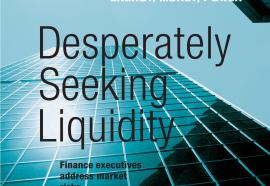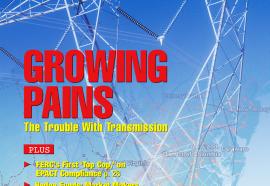The Fortnightly 40
(September 2008) Shareholder value remains strong as the Big Build begins. Our fourth annual ranking shows healthy growth in earnings and share prices. But as capital spending grows, dividends are shrinking and equity returns are weakening. Regulatory relationships will separate future winners from losers.











